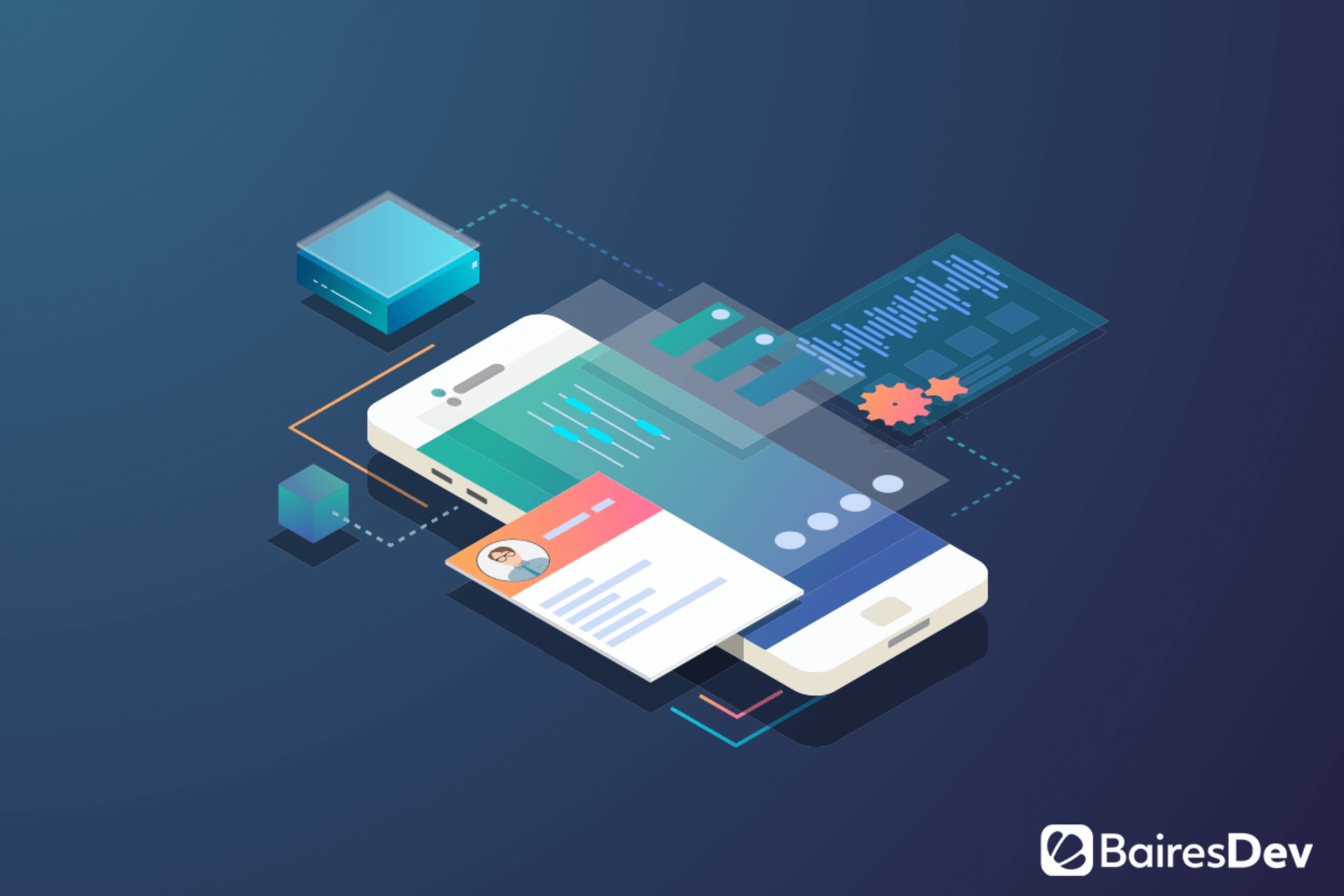Mobile applications (whether they are native or PWAs) are as relevant as they have ever been. Not only are they great for businesses looking to open up new growth opportunities, but they also bring many short-term benefits. We are talking about brand building, awareness, customer engagement, and even revenue growth.
However, stepping into the mobile app development process is not as easy for everyone. While there are many “comprehensive guides” out there on how to carry out the entire mobile app development process, the reality is never as linear as most would describe. In fact, the success of the grand majority of mobile applications revolves around the five key elements that follow.
1. The MVP
Some say everyone has had at least one million-dollar idea in their life. That, however, doesn’t mean that the idea you feel so strong about immediately falls under that category. Even after going through a research and discovery stage, most app ideas still need quite a bit of polishing before becoming viable.
That is why thinking in terms of a Minimum Viable Product (MVP) first is so important. Following a Proof of Concept Design, an MVP puts together all the necessary software features and functionalities of your mobile app to test and validate them with your target audience. The resulting data will give you some clear insight into your app’s value proposition and business model. It is basically a huge pointer that marks the right path to take from the very beginning.
This way, new mobile apps can collect the maximum amount of validated learnings about their target users with the minimum effort required to achieve so. An MVP is key to lower costs throughout development while reducing risk, time-to-market, and rework. Remember, an app with one killer feature is worth more than one build over half-measures!
2. The UI/UX
You shouldn’t judge a book by its cover, but when it comes to mobile apps, everyone does. The User Interface and User Experience (UI/UX) define the first impression a user has with your app. And, as we all know, first impressions are lasting. Engaging and interactive UI/UX designs are the key to escalating conversion, reducing customer churn, and promoting loyalty and advocacy.
The reasoning behind this is simple: in 2020, things don’t matter anymore. What matters is how things make you feel. You are not creating a mobile app, you are creating an experience. A great app is an extension of the brand that tells a story and connects with its users. To achieve this, all information needs to be presented in the right way, in the right place, and at the right time.
Today, employing a user-centered design that produces the cohesive, predictable, and desirable results your target audience expects is the way to go. And, of course, in every mobile app development process, all of this goes hand in hand with the required KPIs and testing. But we will get deeper into that later.
3. The Development
Unsurprisingly enough, the actual development of the application is a huge part of the mobile app development process. This covers everything from the back-end and server technology to APIs and front-end development. However, what differentiates great development from good development is the talent behind the keyboard.
In the IT industry, every business is competing for the top software engineering talent simply because great developers make for amazing end products. A great and diverse team of software engineers makes it easier to tackle the project from different angles, use the right technology stack to its best, and reduce the time of development.
All of this leads to greater cost-effectiveness and minimized risks throughout the entire mobile app development process. But even with the best developers in the world writing each line of code for your app, each milestone still has to pass on to the team that truly makes sure your mobile app fills all the checkboxes: the Quality Assurance engineers.
4. The QA & Testing
In today’s mobile app market, the average user will only give you one single chance to “get it right”. I am not exaggerating when I say that rushing a faulty product to the market could kill your entire investment in a snap. Quality Assurance and Testing are absolutely necessary to achieve any kind of success for mobile apps.
Think about it like this: you need to put the best possible product in the hands of your users to achieve the best results. To achieve this, QA engineers continuously test and monitor the mobile app, pushing it to its limits to reveal any errors, weaknesses, or points of failure. Why? Because this is the best way businesses can reveal valuable insights that lead to higher-quality products.
However, what makes QA processes truly valuable is the “human factor”. Unlike testing done by developers, which is usually more linear and predictable, QA engineers creatively anticipate what even the most curious and reckless users would do. Ultimately, this mitigates downtime and errors through the mobile app development process and greatly contributes to the UI/UX of the end product.
5. The Maintenance
Yes, we are going to skip the whole launch part of the mobile app development process to focus on maintenance. Why? Because not enough people do! Mobile apps are like homes. You don’t simply invest in one to then abandon it or let it lose its value. You need to clean them, upgrade them, and keep them at their best so the user (in the case of the house, you) wants to stay there for a long time.
Without proper maintenance, any mobile app will soon become outdated, buggy, and eventually obsolete. On the contrary, keeping an app updated and running effectively not only maximizes user experience, but it also brings several financial benefits, like increasing the overall ROI of the project and significantly reducing long-term costs.
A dedicated team of 24/7, long-term, technical, and real-time support engineers is the best you can look up to. In the end, maintenance is all about adapting. This kind of flexibility is necessary to keep up with the latest regulations, policies, and practices. And, as an added bonus, it also keeps your mobile app level with market trends and progressing economic conditions.
Getting Started with Mobile App Development Process
If done right, the mobile app development process doesn’t have to be as tedious as it may sound. Everything I said here comes from years of experience in the IT industry. I’ve seen countless colleagues and friends go through devastating speed bumps because they chose to ignore at least one of these axes when developing their own mobile app.
So please, if you are thinking about launching your own amazing mobile app, remember that this is not a linear process. From developing MVP to performing maintenance on the final product, the mobile app development process constantly goes back-and-forth. My best tip: keep the user at the center of every decision, every time.







